Green Labs
UIC is Chicago's only public research institution. Together, we can create a more sustainable laboratory environment in which to work and conduct research. Currently, UIC labs dispose 70,000 pounds of hazardous waste and consume five times as much energy as a typical household each year. This page outlines techniques researchers can apply to practice using less energy and waste.
1. Reduce Energy Heading link
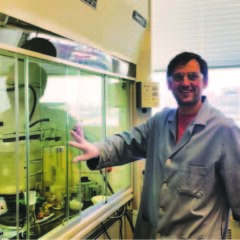
Laboratories consume five times more energy than an average home. Laboratory equipment is often in a “high-power” state (even when they are not needed) – which draws excessive energy. Staff can unplug lab equipment when not in use, defrost lab freezers and make sure to shut the sash of the fume hood.
The International Institute for Sustainable Laboratories (I2SL) partners with My Green Lab to help researchers reduce the energy consumption and environmental impact of their labs, decrease costs associated with cold storage, and improve access to and security for viable samples.
2. Minimize Waste Heading link
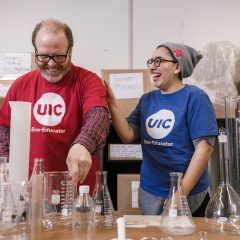
The UIC LabShare Program accepts donations of unwanted, but usable lab supplies. We can take usable laboratory supplies such as glassware, disposable items, and equipment. Anyone from the UIC community may receive these items for professional use in their laboratory.
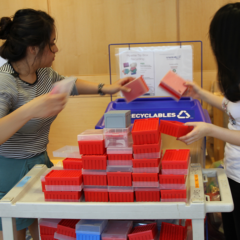
Dispose of clean, uncontaminated pipette tip boxes, lids, and refillable trays in the “Pipette Tip Box” recycling bin, located on each floor of buildings with laboratories that use pipettes. UIC cannot accept pipette tips because they have the potential to puncture and tear open the bags, but more importantly, there is no guarantee that the tips are clean.

Labs that use nitrile gloves can request a special recycling bin, paid for by the Department and/or College.
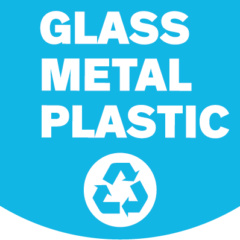
Chemical bottles may be recycled along with other glass/metal/plastic as long as it meets the following criteria:
- The bottle is empty (nothing will drip when inverted); do not allow volatile liquids to evaporate in the fume hood as a method of disposal.
- The bottle lacks a cap (unsealed/opened).
- Label is defaced (name of chemical is scratched out with a marker).
- The bottle used to contain non-hazardous materials (examples include media, buffer solutions, etc.).
Never recycle a bottle that used to contain flammable (unless it contained ethanol), toxic, oxidizing, explosive, radioactive, water reactive, carcinogenic, biohazardous, or corrosive substances.
Please see the UIC Lab Safety Plan how to identify a hazardous chemical and dispose of hazardous chemical bottles according to the Lab Safety Plan.
3. Neutralize Hazardous Chemicals Heading link
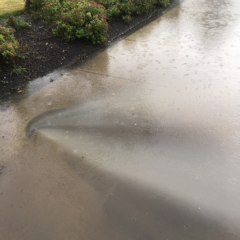
Some chemicals can be neutralized into non-hazardous components before disposal in order to eliminate unnecessary hazardous waste incineration pollution. Visit the EHSO website for complete details about neutralizing chemicals. Common chemicals that can be neutralized in the lab include formaldehyde, and acids and bases. Ethidium bromide (EtBr) can be neutralized before disposal; however, alternatives are strongly encouraged to use instead since EtBr is a well-documented carcinogen and use should be avoided at all costs.